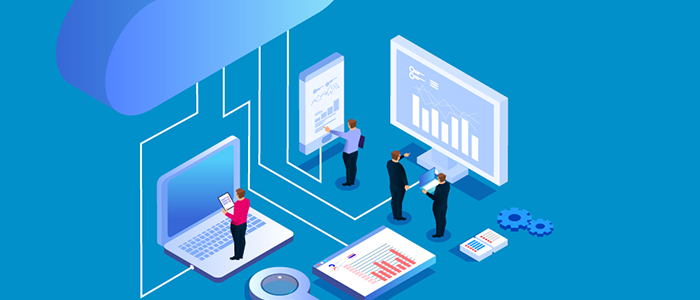7 IT Helpdesk Best Practices
- September 15, 2023
What is an IT Helpdesk?
Table of Contents

What are the Primary Functions of IT Helpdesk?

The fundamental function of an IT helpdesk is, at its core, anchored in a contact number. It facilitates access for employees or customers seeking remote helpdesk support 24/7. This provides the advantage of addressing customer issues in real-time. Moreover, well-established support teams ensure effective scalability. The IT helpdesk support undertakes the following responsibilities:
- The IT helpdesk promptly addresses incoming requests, whether they originate from authorized users via phone, email, or messaging applications.
- The customer service division utilizes specialized IT helpdesk software to oversee incoming tickets. Such a ticketing system for the IT helpdesk guarantees the timely resolution of all customer inquiries. Consequently, both the initiation and management of these tickets fall under the purview of IT helpdesk personnel.
- Given that customer support typically comprises multiple experts, a mechanism for escalation exists. This entails the transfer of tickets that individual team members cannot resolve to the next tier. This expedites responses to queries and enhances the reliability of problem resolution.
7 IT Helpdesk Best Practices

Below are a few of the crucial IT Helpdesk best practices that businesses should contemplate integrating:
Utilize the Appropriate Help Desk Software System
Recruit the Appropriate Talent
Establish and Implement a Service Level Agreement (SLA)
Sustain Adequate Capacity
Employ Automated Ticketing Systems
Deploy Specialized Help Desk Teams
Utilize Pre-Formulated Responses
Ready to Enhance Your Help Desk for Exceptional Support?

Merely being aware of the helpdesk best practices is insufficient. You must allocate sufficient time for your team to fully grasp and put into practice the most effective help desk procedures.
These constituted the foremost seven IT helpdesk best practices and principles that every business should incorporate. You have the option to implement some or all of these within your organization to optimize the management of your help desk. If you are in search of the finest help desk services capable of elevating your support operations from ordinary to outstanding, consider consulting with Advanced IT now.
FAQs
A good IT help desk is characterized by:
- Proven automation and innovation capabilities
- Strong cultural alignment and openness to adapt to evolving business requirements
- Exceptional talent management strategies with robust recruitment criteria and emphasis on retaining talent
The Information Technology Infrastructure Library (ITIL®) comprises a set of optimal methods intended to assist enterprises in delivering IT services to their clientele. ITIL is a broadly adopted framework originally developed by the Central Computer and Telecommunications Agency (CCTA), an agency of the British government, and is presently under the ownership of AXELOS Ltd
Knowledge sharing, pair coding, and cooperative problem-solving are superb service desk best practices to integrate into your team's ethos.





